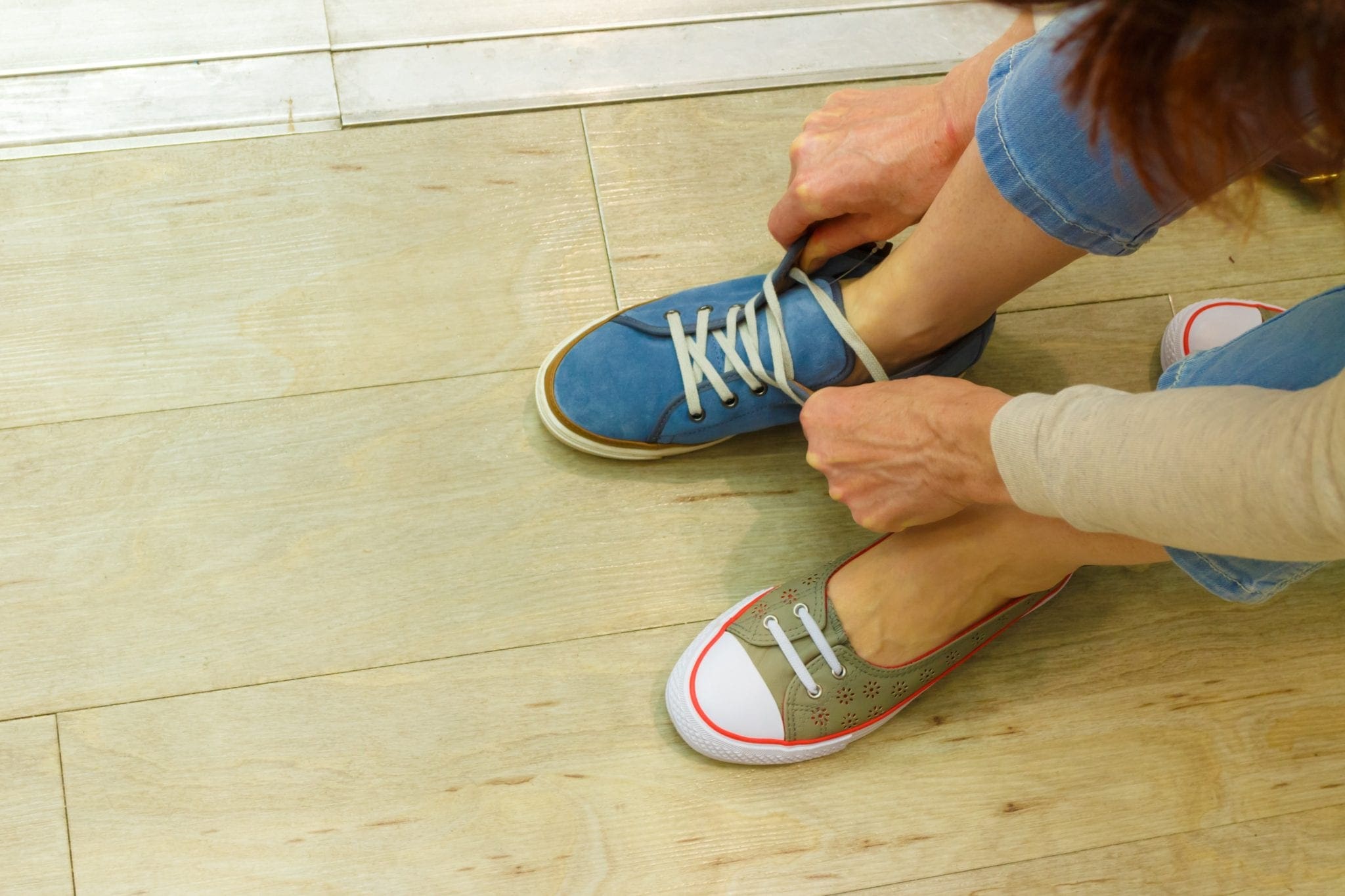
If your doctor has suggested that diabetic shoes will benefit you and your feet are in desperate need of a change, you might be left on what feels like a never-ending hunt to find the perfect diabetic shoes. Before you head into the shoe store, however, we would like to help give you some direction on a few features and tips to look out for when on the search for shoes that will work perfect for you and ease the symptoms of your diabetes.
Proper fitting shoes and shoes with special features can help prevent those foot complications associated with diabetes from developing and getting worse. These features found in the shoes are specialized to work with you to help manage the symptoms of your disease. They can help prevent foot ulcers, blisters, and calluses from developing and help you manage and protect your feet from trauma coming from outside the shoe.
The great news is that there is relief that can easily be found in the power of a shoe. Here are the ten must-have features when buying diabetic shoes that can help you alleviate the symptoms that are related to your feet and lower extremities:
1. Foam Padding
Not only does this feature help out with cushioning and comfort but it also helps the distribution of balance of your weight across your foot and relieves heel and foot pain, as much as possible. Foam padding reduces the pressure on the bottom of the foot. This feature should also boast a good shock absorption, which ultimate should control pronation.
2. Soft Fabric
This feature helps eliminate pressure points which have a direct effect on bunions and hammer-toes. The soft fabric of the shoe also allows the material on the outside to be easily accommodating and flexible for the addition and insertion of thick insoles and orthotics. The fabric also allows the shoe to have a loose, comfortable fit and provides extra room for toe movement, which can prevent blisters and foot ulcers from developing, a common symptom associated with diabetes.
3. Padded Collar
The extra foam padding of the collar and of the heel area makes the interaction between your foot and the shoe a gentle one on both ends of the shoe. All of this padding eliminates pressure points as well, which will ease impact. In general, the padding of the collar and of the heel area gives you more comfort and eliminates the possibility of blisters and calluses.
4. Soft Leather
These shoes have a non-binding, extra depth design with no overlays across the bunions of the feet and soft leather to make the entire experience more comfortable. This feature enhances comfort and protection.
5. Rubber Outsole
Along with this feature, diabetic shoes also feature a stretchable, user design. This will allow the shoe to contour to the shape of your foot and eliminates the pressure points on the foot, as well as your bunions and hammer-toes. For a perfect diabetic shoe, it should generally be made from carbon rubber and it should be flexible and resilient.
6. Cushioning Midsole
This feature provides a massive support for flat feet and softens the impact with every step you take. This cushioning midsole also can have a mild rocker sole, which distributes the pressure on your foot evenly.
7. Orthotic Insole
Makes every step soothing with comfort rather than pain and gives extra cushioning for comfort and blister prevention. These insoles will sit directly on the sock liner and give you more comfort than the general single layer of foam which is normally found in other shoes. This orthotic insole or sock liner can be exclusively customized to fit your foot. Either way, if it is customized or bought over the counter, they should have three layers, at least. These three layers are composed of a top, soft foam layer for comfort and two stiffer layers for resilience and shape.
8. Air Pockets
The air pockets and cushioning alleviates the stress on the joints and helps facilitate the movement of your feet which will prevent trauma and ulcers. They are found at the back of the shoe on the sole and give extra space in the cushioning.
9. Comfortable Arch Support
This arch support limits pronation which is helpful for patients with diabetes. Some stores have custom molded orthotics which can help reduce the pain normally associated with diabetes. Even if a customized orthotic is not available, you can still get over the counter arch supports.
10. Comfort Linings and Wide Widths
Give heel pain relief and a lot more room in your shoe for comfort and a good fit. The tongue of the shoe should be wide and padded so they don’t dig into your ankle or the top of your foot.
Another thing to look out for when purchasing shoes for diabetic patients are the specifications of the lacing. Even if the shoes are comfortably worn in the store, you can improve the fit by adjusting the laces and patterns of the laces. Depending on the shoe you purchase, the flexibility and how much it “gives” will vary from shoe to shoe. However, the way you lace your shoes can definitely be an impacting contributing factor. When you have neuropathy because of diabetes, the chances of your foot being wider at the front and having a flatter arch rises. These features will definitely influence your decision for the purchase of your shoes and the way you tie your laces.
Finding the perfect shoe to fit your feet comfortably and help prevent symptoms often associated with diabetes can be confusing. Contact us for an appointment to let us help you find the perfect fit and features for your future shoes.
Schedule An Appointment With Us
When you are with the Foot and Ankle Clinic of the Virginias, we will give you the right amount of time as you select a pair, and even if it might feel good for you in the store, we will work with you to help you find shoes that feel good even after you try them out at home. These shoes can be the gateway to improving your condition as you manage diabetes. Contact us today to schedule an appointment.

